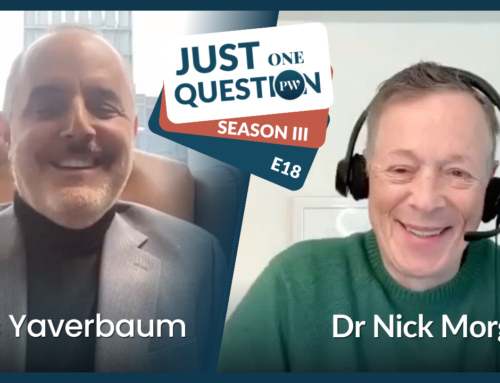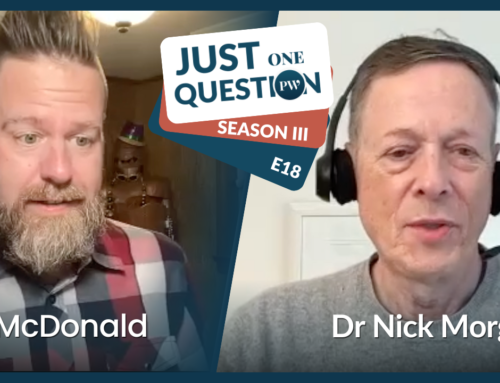Your brain’s job is to keep you alive in an uncertain world filled with saber-tooth tigers, woolly mammoths, and snakes. It does its best to scan the immediate future for these potential traps and to call on a systemic, adrenaline-fueled response when it sees them. This primary job of the brain affects the way it receives communications of all kinds.
Of course, the irony of our modern world is that snakes, etc., are not typically the most dangerous things most of us face these days. So, our brain is looking for danger in all the wrong places. Cholesterol-inducing food is more of an ever-present danger to modern life for most of us than snakes. Yet, the brain’s fundamental bias still makes sense: if it prioritizes danger over pleasure, then it will be more likely to keep you alive.
In a life that is (in the modern era) astonishingly safe for the majority of us, this danger bias shows up in some interesting ways. And it suggests that the way we usually think about communications could be usefully refocused.
Daniel Kahneman and colleagues performed revealing research in the 1970s that led to a Nobel Prize and insights into how our negative brains work. They focused on loss aversion: we dislike losing what we already have more than we like winning what we might get. So, in the classic experiment, if I give you a $10 bill, and then offer you a 50-50 chance on getting another $10, for a total of $20, or losing the original $10, you’ll opt for staying pat on your (free) $10. You’d rather not lose that than win twice as much, even if the odds are the same.
More generally, the brain processes episodes of painful things, occurrences, or people much more acutely than it processes the pleasurable equivalents. Pain ranks higher in our memory systems than pleasure.
In the virtual world, as I explored in my 2018 book, Can You Hear Me?: How to Connect with People in a Virtual World, I study the negativity bias that accompanies our attempts at digital communications. As a result, all virtual relationships degrade over time, unless they are restored to their former greatness with a meaningful in-person exchange.
This loss-averse, negatively-focused, pain-avoiding brain of ours is perfectly suited to the world we evolved to compete in, but now that we are a raving species success, and we’re surrounded by Starbucks and ice cream, not to mention passive-aggressive bosses, it’s not so helpful.
So what are the implications for communication strategies in our modern world? Present the ideas you want to sell, push, or evangelize for as something that the listener already has, so that their loss aversion kicks in. Present ideas you want your audience to reject as risky business. In general, use painful, scary, and negative examples and stories to bring your most important ideas to life and make them vivid for your listeners and audiences.
In the virtual world, spend a lot of time involving the five senses, because it’s the lack of those that triggers the negativity bias. It’s the reason why an unexpected hit during the pandemic was the virtual-real world combo. In other words, presenting a wine tasting on Zoom, with real wine at all the viewers’ stations. I recall a comedy club routine that got laughs by passing the stein of beer from one Brady-Bunch video cube to another. In short, Comic A would move his stein-filled hand to the left of his screen, to be “picked up” by Comic B on the right end of her screen. It sounds more complicated, and perhaps less funny, than it was on Zoom. I guess you had to be there. But then we all were, weren’t we? There at the pandemic, I mean.
It may strike you as vaguely improper to focus on the negative, but our brains already are, so you ignore the way the brain works at your peril.









Leave A Comment